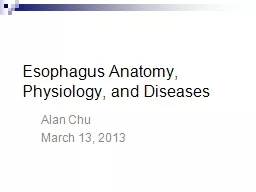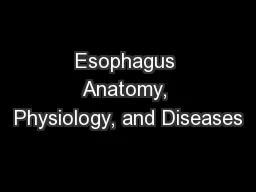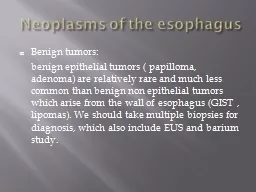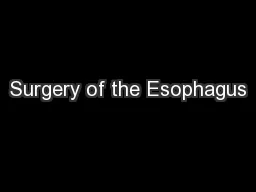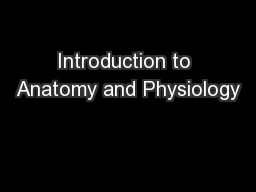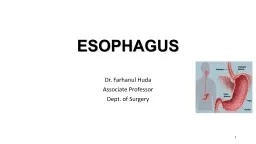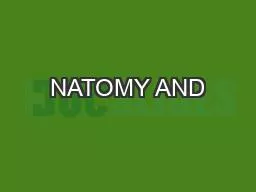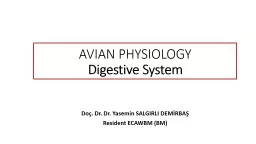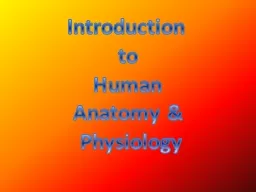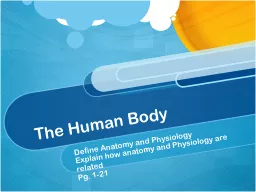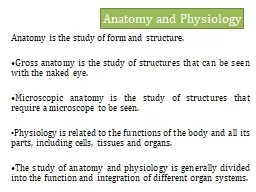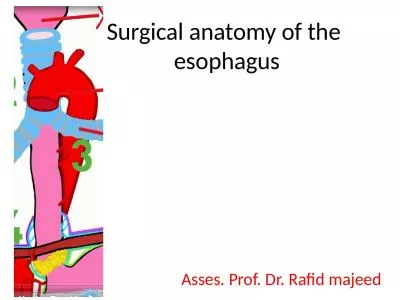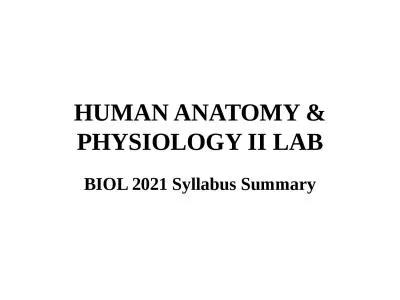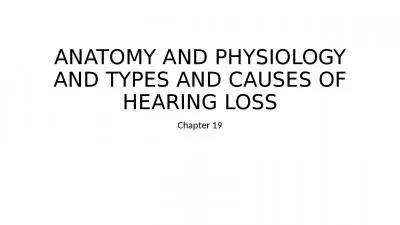PPT-Esophagus Anatomy, Physiology, and Diseases
Author : tatyana-admore | Published Date : 2018-11-05
Alan Chu March 13 2013 Anatomy 18 26cm from UES to LES Esophageal wall layers Mucosa submucosa muscularis propia adventitia Proximal 33 skeletal muscle middle
Presentation Embed Code
Download Presentation
Download Presentation The PPT/PDF document "Esophagus Anatomy, Physiology, and Disea..." is the property of its rightful owner. Permission is granted to download and print the materials on this website for personal, non-commercial use only, and to display it on your personal computer provided you do not modify the materials and that you retain all copyright notices contained in the materials. By downloading content from our website, you accept the terms of this agreement.
Esophagus Anatomy, Physiology, and Diseases: Transcript
Download Rules Of Document
"Esophagus Anatomy, Physiology, and Diseases"The content belongs to its owner. You may download and print it for personal use, without modification, and keep all copyright notices. By downloading, you agree to these terms.
Related Documents

